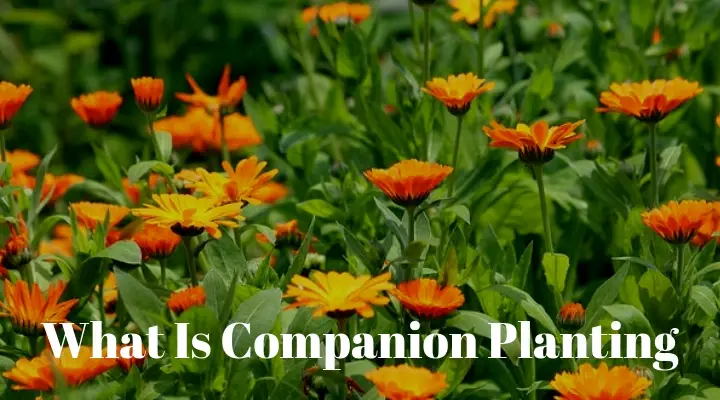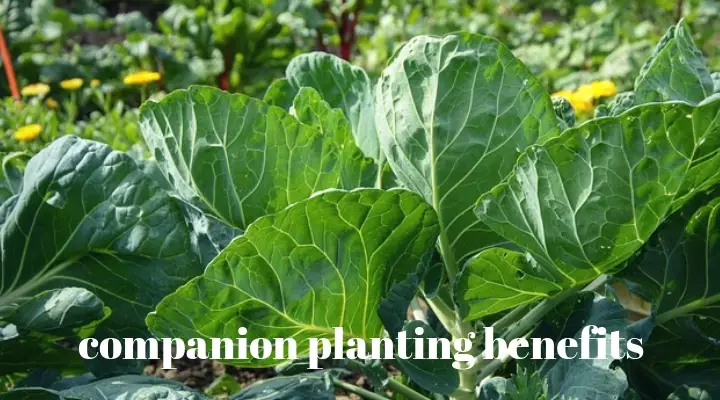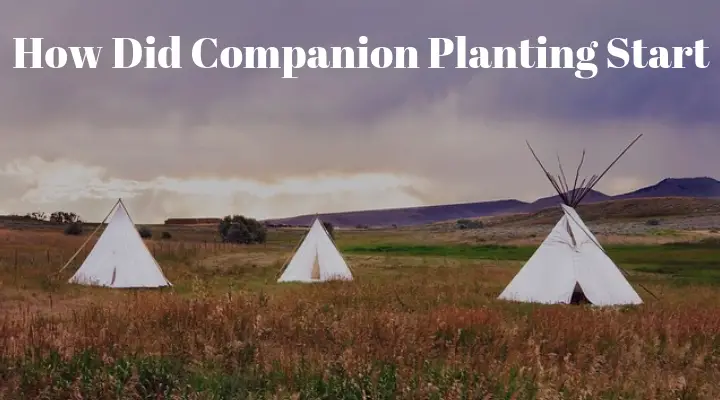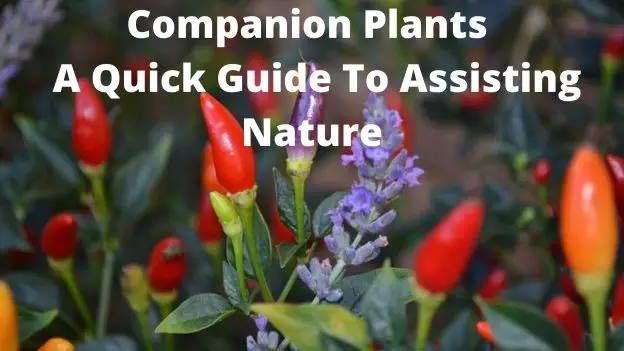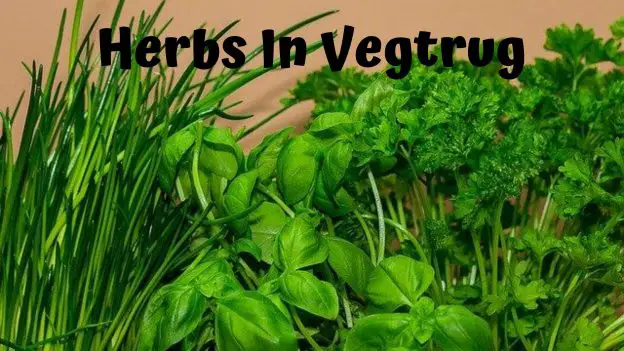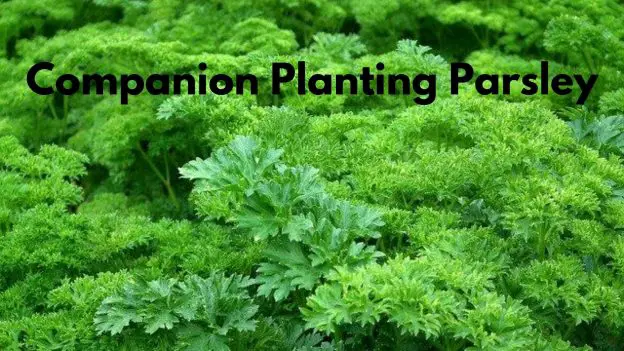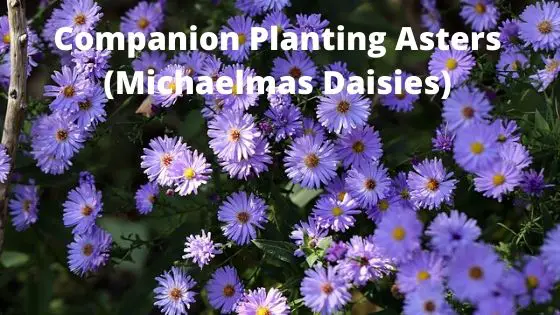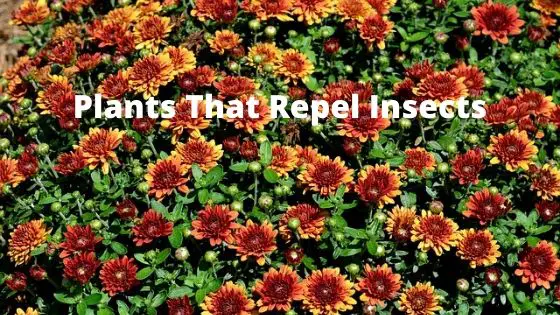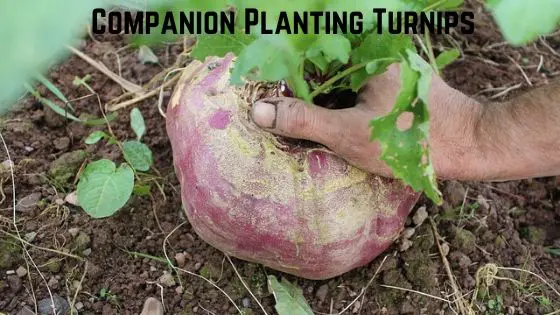Companion Planting Coriander (Cilantro)
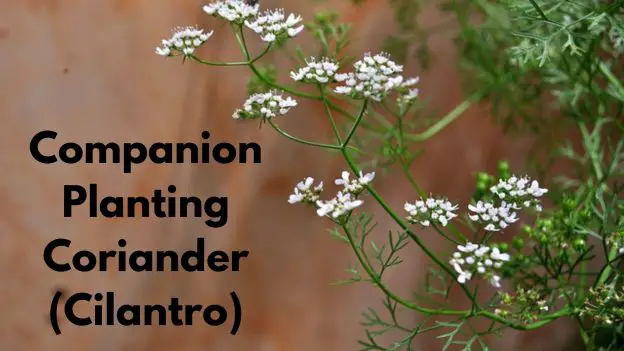
Apparently there are 2 types of people those who like coriander and those who can’t stand it, I fall into the second category. That doesn’t mean I don’t appreciate the benefits of companion planting coriander (cilantro). There are some interesting qualities to coriander so read on to find out more. Companion Planting Coriander Coriander (cilantro) is a versatile herb and both the leaves and seeds are used in the kitchen. Companion planting coriander (cilantro) will help to keep aphids away from your plants. Allow coriander to flower to attract bees, hoverflies and other useful pollinators to your garden. What To… → Read More

